Anglo-Saxons
What it was like to live in Kirklees during the Anglo-Saxon period
Britain's links with Rome were broken after 410 AD. During the next two centuries the people of the West Yorkshire region belonged to a Christian Kingdom called Elmet. In 617 AD the Anglo-Saxon kings of Northumbria conquered Elmet. At this time the Anglo-Saxons were pagans, but soon converted to Christianity.
In the centuries that followed, many Christian stone monuments were built. Decorated with distinctive carvings, they are the only remains of this period found. Most Anglo-Saxon carved stones were set up as gravestones to wealthy landowners. Carvings found near later churches indicated that there were churches there in Saxon times. Finds such as these suggest there was a major religious establishment at Dewsbury. There was an Anglo-Saxon settlement at Hillhouse, and stones found at Thornhill and Kirkburton suggest they had an impact on that area too.
The Vikings first started to settle in Yorkshire in the 870s AD, but settlement was probably sparse in the Huddersfield area. There is evidence they travelled through, and their legacy is evidence in place names such as Fixby and Ravensknowle.
We know little about ordinary people in the Middle Ages, as their belongings and houses were often too flimsy to survive. They were illiterate, so not mentioned in the written records. However, the whole wealth of the country depended on their efforts. Most people in the area would have worked on farms, growing crops (chiefly oats) or rearing sheep. The lives of ordinary people were dominated by the lord, who administered law and controlled the economy, and the church, which controlled spiritual life. The church also owned land, controlled education, and helped the sick.
The Domesday Book from 1086 records the value of 'Odersfelt' after the Norman Conquest. However, from this we can learn that the area was worth around 100 shillings during the time of Edward the Confessor.
What to expect in the box
Cooking would mostly have been done over an open fire either inside or outside of the house. A pot would be hung over the fire or placed in it to make food like broths or stews. A large clay oven would be used to bake foods like bread.
Pots like this would have been made of clay either coiled around a mold to produce the shape or spun on a basic turntable. The clay would then be baked in a pit covered in burning ashes. Other cooking utensils such as jugs, kettles, pans, mortars and sieves have also been found.
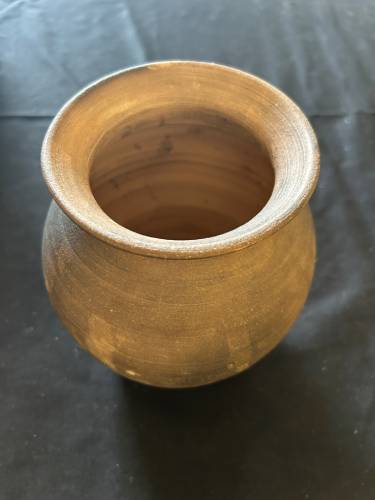
Burial urns were typically hand made out of clay with designs being stamped or carved on. Lids were rarely made for these urns but some have been found in Norfolk. Some urns have been found with glass inserted into the pottery called window urns. Late Roman pots were also sometimes used by the Anglo-Saxons as burial urns.
These urns would have been used in cremation which was one of two burial methods used by the Anglo-Saxons, the other, burial, was favoured by the Christian population.
Grave goods can also be found buried alongside or inside these urns. The most common grave goods would be tweezers, razors and ear-scoops.

Anglo-Saxons made their combs out of bone and antler. These bones could come from horses, cattle, sheep, or pigs. These combs would have taken a long time to make and would sometimes be placed in cases to protect the teeth from breaking.
Anglo-Saxon combs are quite common, which suggests that people were concerned about their appearance. Use of these combs would also help reduce fleas and head lice. The comb would also be used for styling their hair.
Evidence suggests that women often wore their hair plaited or in a bun, whilst men appear to have been mostly clean shaven with shorter hair.
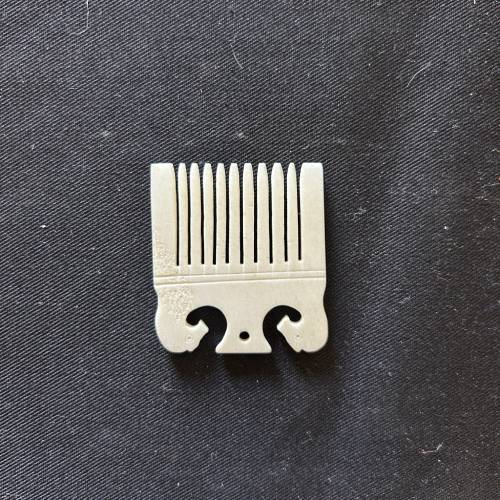
When the Romans left Britain in the early 5th century, coinage production stopped for a time. Trade was done on a barter system, swapping one item for another, and old Roman coins, and those imported, were mainly used as jewellery.
Coins began to be used as money in the early 7th century.The first Anglo-Saxon coins were produced by Eadbald of Kent around 625 AD. These coins were small and made of gold known as scillingas. The designs on these coins were often based on those from France or Rome. These were eventually replaced by silver sceattas around 675 AD which lacked a consistent design.
Coins depicting the faces of local rulers didn't become common until the 8th century.
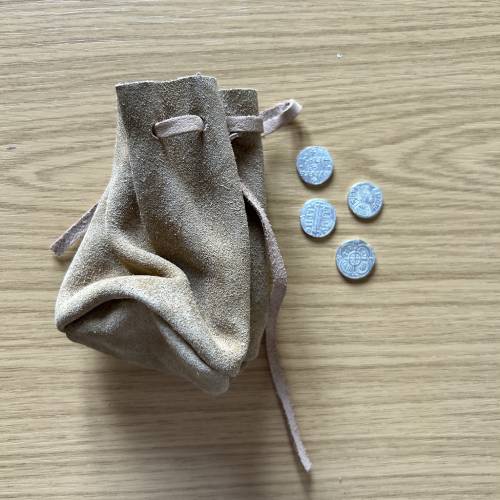
Food in this period would have been eaten from wooden bowls and plates using spoons, fingers and knives. Forks were not used by the Anglo-Saxons. There were likely two main meal times a day, at noon and in the evening.
These likely consisted of bread with either roasted or boiled meat and vegetables. These would likely have been peas and beans as potatoes had yet to be brought back from America.
Horn was a very commonly used material for the Anglo-Saxons, being used to make anything from bowls to cups to spoons. They were also used to make drinking horns. However, horn does not survive burial as well as other materials such as metal, meaning horn artifacts are rarely found by archaeologists.
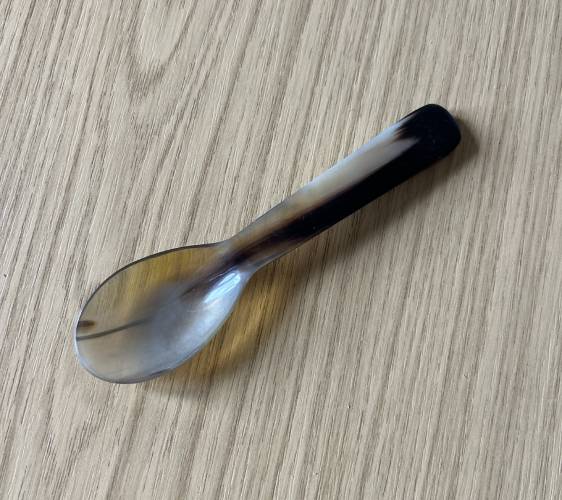
This needle is made from animal bone, but Anglo-Saxon needles could be made from metal, such as iron and bronze, as well as antler. Metal needles were stronger and had a sharper point but also took more time to make as they required the skills of a blacksmith. Bone was a more accessible material to Anglo-Saxon farmers.
Smaller needles would be used for embroidery, such as that found in the seams of a garment from Sutton Hoo or from a piece of fabric found in a grave on Kempson, Bedfordshire.
Rich Anglo-Saxons invested heavily in gold threads used for embroidery. We know this from records of their purchases. Three embroidered items survive from the coffin of St Cuthbert which were likely commissioned by queen Aelfflaed between 909 and 916.
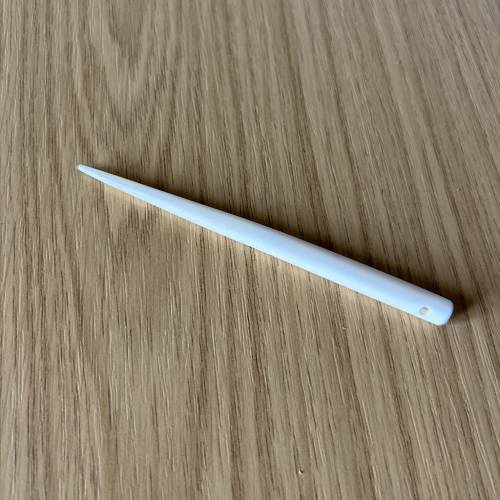
Gargoyles were stone carvings that projected out of the walls of buildings, usually churches. They were used to drain rainwater off the wall so had pipes leading to their mouths. If they did not have a hole for water drainage, they were called 'Grotesques'.
Gargoyles were most commonly fantastical beasts or a distorted person but could also depict dragons, chimeras and normal people and animals.
They are believed to have been intended to ward off evil or represent religious themes to a largely illiterate population.
They would have required a highly-skilled stonemason for carving.
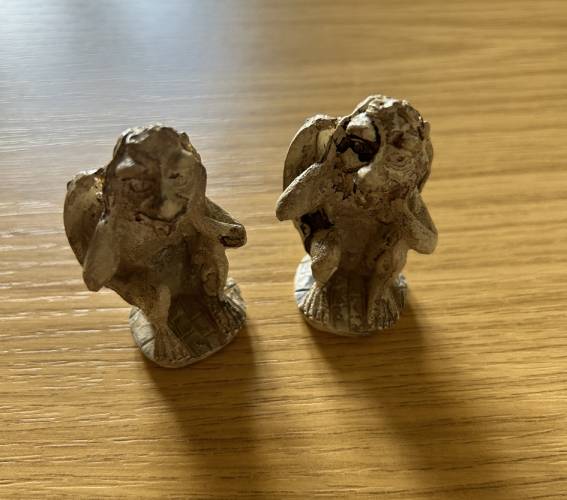
Medieval bowls would have been made from horn, as well as wood and metal. The common person in medieval England would likely have used it to hold stews, often composed of cabbages and leek. Plates would have been used for meat, such as beef or mutton, and cheese.
Horn bowls would be made by heating the horn to make it moldable, then forming it into the shape of a bowl.
Not many horn artifacts survive from this period as it was less durable than metal and often did not survive burial.
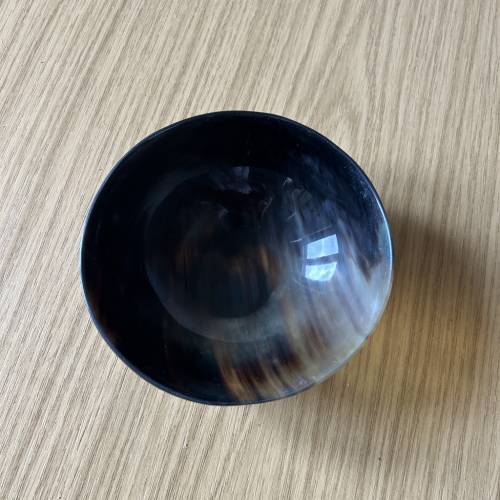
Runes formed the Anglo-Saxon alphabet and were used for the writing of old English.
This alphabet is known as Futhorc, from the sounds the first six runes of the alphabet make. Use of this alphabet likely started in the 5th century but its use was no longer common by the 11th century, although evidence suggests that it could still be understood and read well into the 12th century.
Runes were used for both manuscript writing and inscriptions on objects where they are now most commonly found. The rune Þ (thorn making a 'th' sound) was used alongside our current alphabet in Latin texts at this time but that slowly fell out of practice in the late Middle Ages.

Whilst families tended to be quite big in the medieval period, and women would have spent most of their life either pregnant or recently postpartum (given birth), children were still well-loved and cared for by their parents.
From a young age they would be required to help with tasks at home, such as caring for animals, cleaning and cooking. Tiny fingerprints have even been seen on pottery from the time!
Despite this, Anglo-Saxon children often played with homemade toys such as rag dolls and carved wooden boats and horses. An Anglo-Saxon grave found in Essex, known as the Prittlewell Find, contained 57 gaming pieces made from bone and 2 large dice carved from antler.
The Life of Saint Cuthbert records the childhood of the Anglo-Saxon saint and describes him playing a game involving handstands with other children his age. Bede also describes boys and young men engaging in horse races to pass the time.
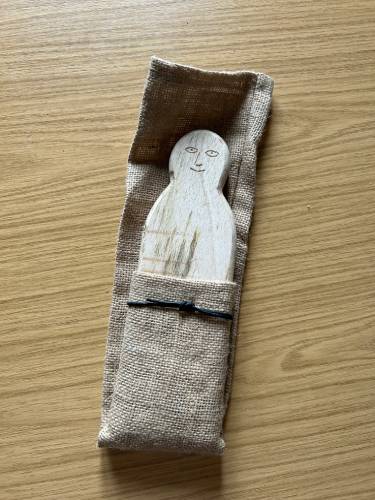
These boots would have belonged to a young Anglo-Saxon boy. Evidence suggests children in this period did not have a distinct way of dressing and would instead just wear smaller versions of adult styles.
Initially, there was little distinction between the rich, the poor and the clergy (church) in manner of dress. However, this changed over time with the influence of European cultures.
Textiles during this era were created using natural materials, such as wool from sheep, linen from flax and imported silk. The weaving of textiles was initially the work of women having their own looms in their own households. However, later in the period, with the introduction of larger settlements and towns came specialised workshops dedicated to producing all the textiles across a specific area.
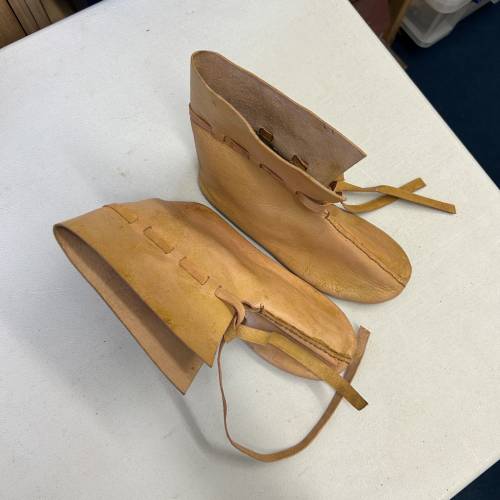
Medicine in the Anglo-Saxon period used a mix of charms, folklore, religion and herbal remedies. Some of these practices seem ridiculous, but there are frequent records of practices which also seem practical and were likely effective. The oldest medical text in Old English come from the 9th century and include Bald's Leech book which contained remedies from across the Mediterranean.
Bloodletting was a common practice, alongside urine examination and herbal remedies. The herbs contained in these can be difficult to identify as the Anglo-Saxons used different names for plants than what they are now known by. However, we do know they used radish, chervil, fennel, garlic and sage in some of their cures.
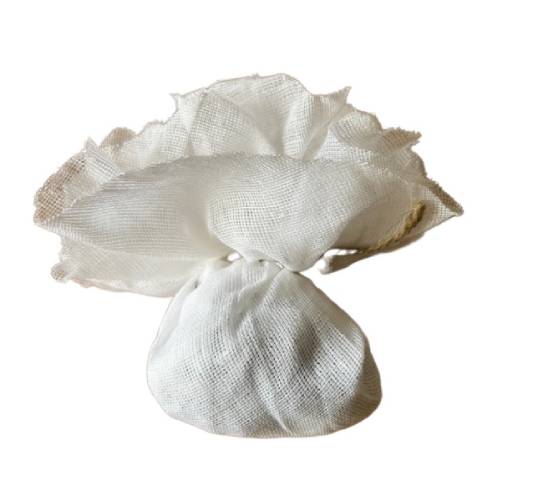
Tools for starting fires such as flints, steal and tinder boxes are occasionally found in Anglo-Saxon graves. These tools would be personal and would likely be carried around by the person they belonged to. A fire starter would be struck by a flint to create a spark that would start the fire.
The fire was a very important part of the Anglo-Saxon householdas it was not only used for cooking, but also to provide the heating for the home in the winter and lighting. All homes would have a hearth inside. Wood for this fire would commonly be gathered in the summer when crops required less attention and would be stockpiled in anticipation for the winter.
Fire would have also been essential for most occupations (jobs) during the period, for example blacksmiths, bakers and carpenters would have relied on fire.
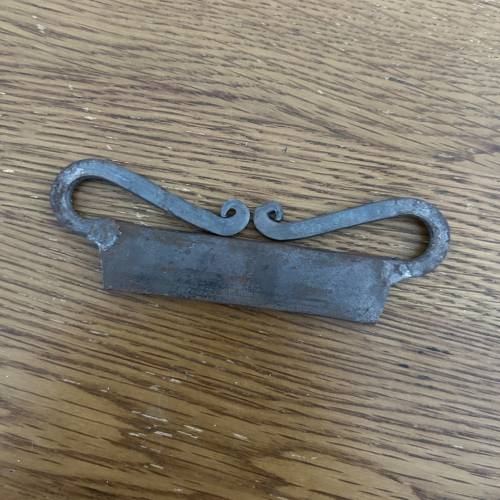
Explore the following themes using the objects
- Childhood
- Beliefs
- Daily life
- Manufacturing
- Language
- Materials
- Innovation
- Health




